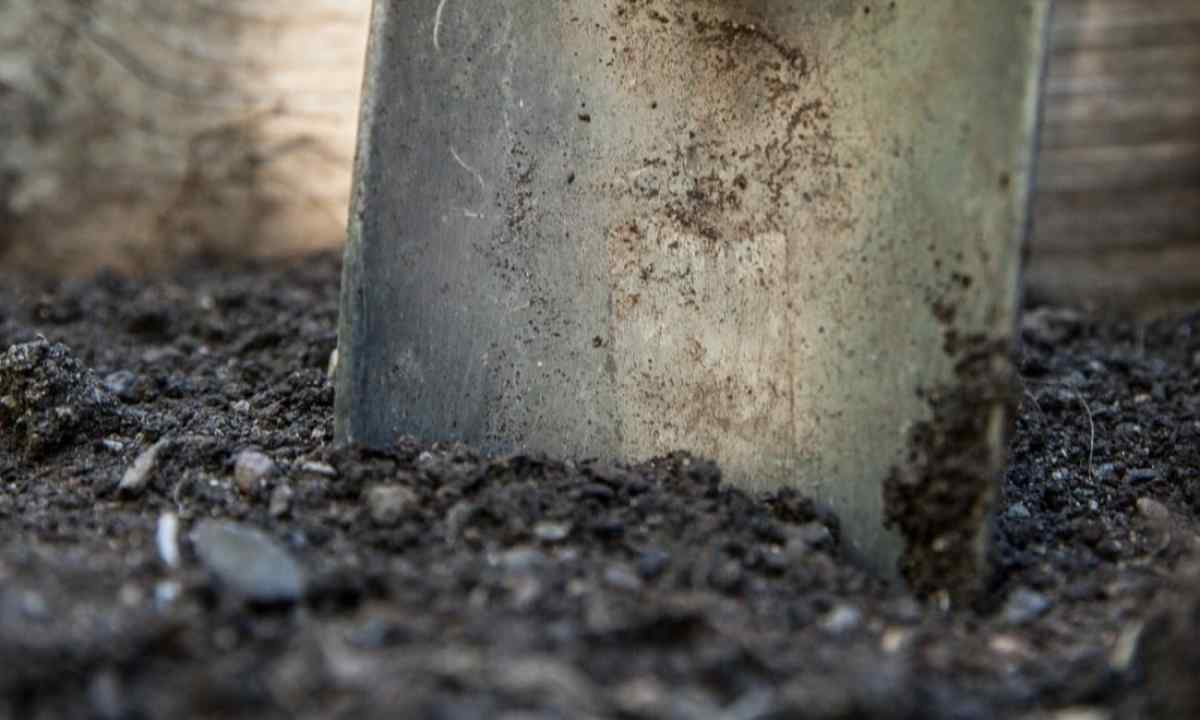On your garden site garden and vegetable cultures badly grow? Do you use the best efforts, but receive scanty harvest? The reason is in raised acidity of the soil on your site.
Instruction
1. Your efforts do not bring good harvest. At cultivation of vegetables, berries and fruit it is important to exclude all reasons for which it is impossible to achieve good harvests. The fertility of the soil, so, its acidity is the most important reason. High-fertile soils - those in which the powerful humic horizon is inherent. The humic layer collects from organic chemistry and is located top soil which is vital for development of plants. The most powerful humic layer meets on chernozems which reaches about 10% and up to one meter in depth. Gray forest, podsolic, tundra and desert soils are considered as the poor. These soils include 1-2% of humus, layer of 5-15 cm. The acidity of the soil also is directly connected with fertility. The high acidity in the majority is observed on less fertile, with the low humic horizon and unstructured soils.
2. Sandy soils very poor on the structure also have acidity rn 4.0-4.5. From these soils of plant poorly receive such nutritious elements as nitrogen, potassium, magnesium, copper, but phosphorus is more available to plants. On such soils carry out cultivation by scattering of dolomite powder, the increased norms of organic and nitrogen-potassium fertilizers. Indicators of acidity happen from rn 3.5 up to 10. Classification of acidity: - very sour soil – rn 3.8-4.0; - the silnokisly soil – rn 4.0-4.5; - the srednekisly soil – rn 4.5-5.0; - the subacidic soil – rn 5.0-5.5; - close to neutral – 5.5-6.0; - neutral – 6.0-7.0; - the alkaline soil – 7.0-8.0. Podsolic soils are considered as sour (rn 4.5-5.5), - riding peat has silnokisly reaction (rn 3.2-4.2); - low-lying peat - reaction is closer to neutral (rn 5.5-6.2).
3. The increased acidity of the soil interferes with normal development of plants. In the soil with sour reaction nutrients are in inaccessible form for plants, there is bad assimilation of batteries. Work of microorganisms slows down and the biological activity goes down. But plants which are reconciled with sour reaction of the soil meet, for example for swede there is enough rn 4.8-5.0. For potatoes there is enough rn 5.0-5.5. And yet the majority of plants prefer neutral or is close to neutral reaction the soil. One of ways of determination of acidity – electronic rn meter or litmus pieces of paper. The weeds occupying your site will prompt acidity of the soil too. Fans of sour soils: Ivan - yes - Marya, sedge, buttercup creeping, blueberry, mint, violet, horsetail field, bilberry, sorrel horse, fern, plantain. Subacidic soils are loved: orach, bindweed, wheat grass creeping, clover meadow, wood louse, camomile, coltsfoot, nettle. Neutral soils will determine by availability: adonis, euphorbia, sow-thistle, tributary white.
4. For neutralization of sour soils and increase in fertility "the lime application of sour soils" is considered important reception. Lime application – entering into the soil of the liming materials: - dolomite powder, slaked lime, the ground, limy tufa, cement dust, wood ashes swept. Hilly and overwetting sites lime in the summer or in the early fall. In the early spring lime application is carried out together with redigging. Limes scatter before introduction of organic chemistry and mineral fertilizers. It is important to consider effect of lime on efficiency of fertilizers. Lime application of soils reduces availability of phosphoric power supply, it is important to consider this fact and in parallel to bring dose of phosphoric fertilizer. Reception of lime application carry out once in ten years. Alkaline soils are harmful to plants, as well as sour. It is important not to abuse.

